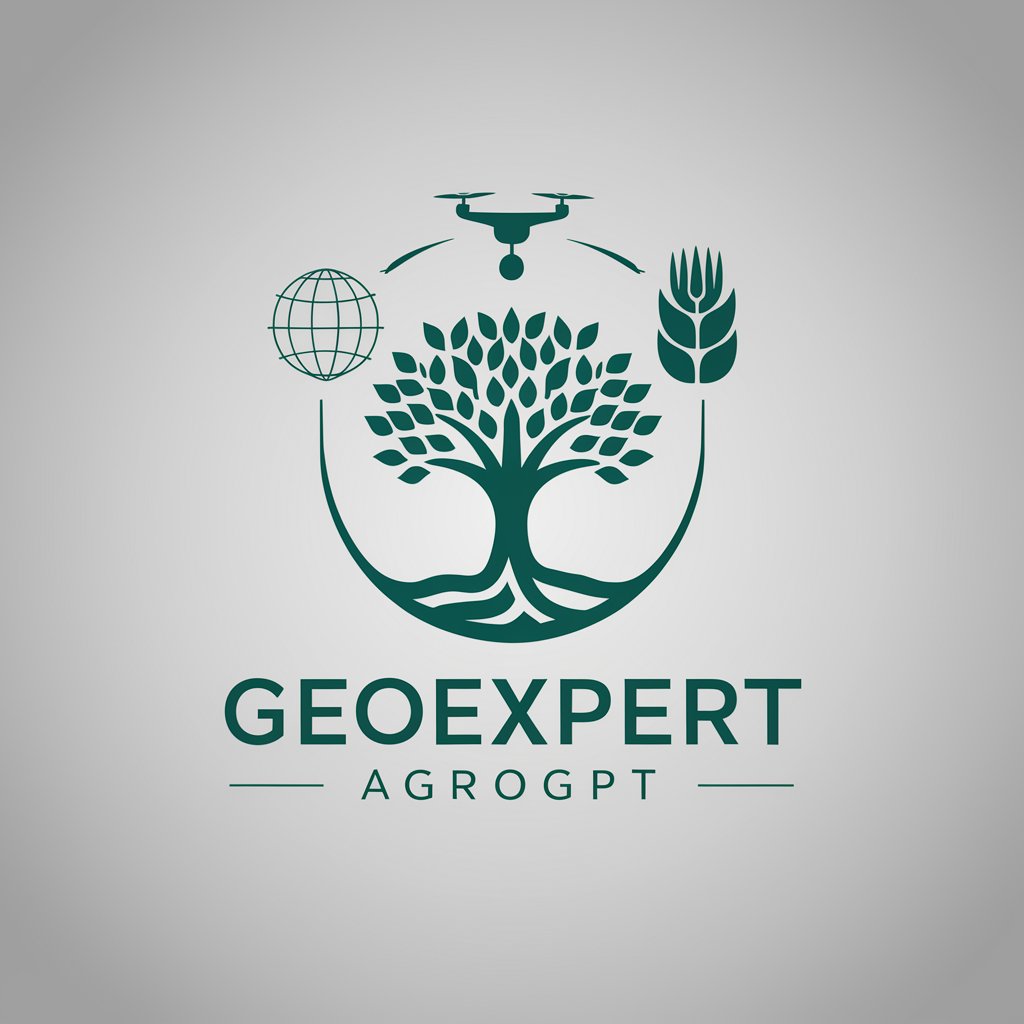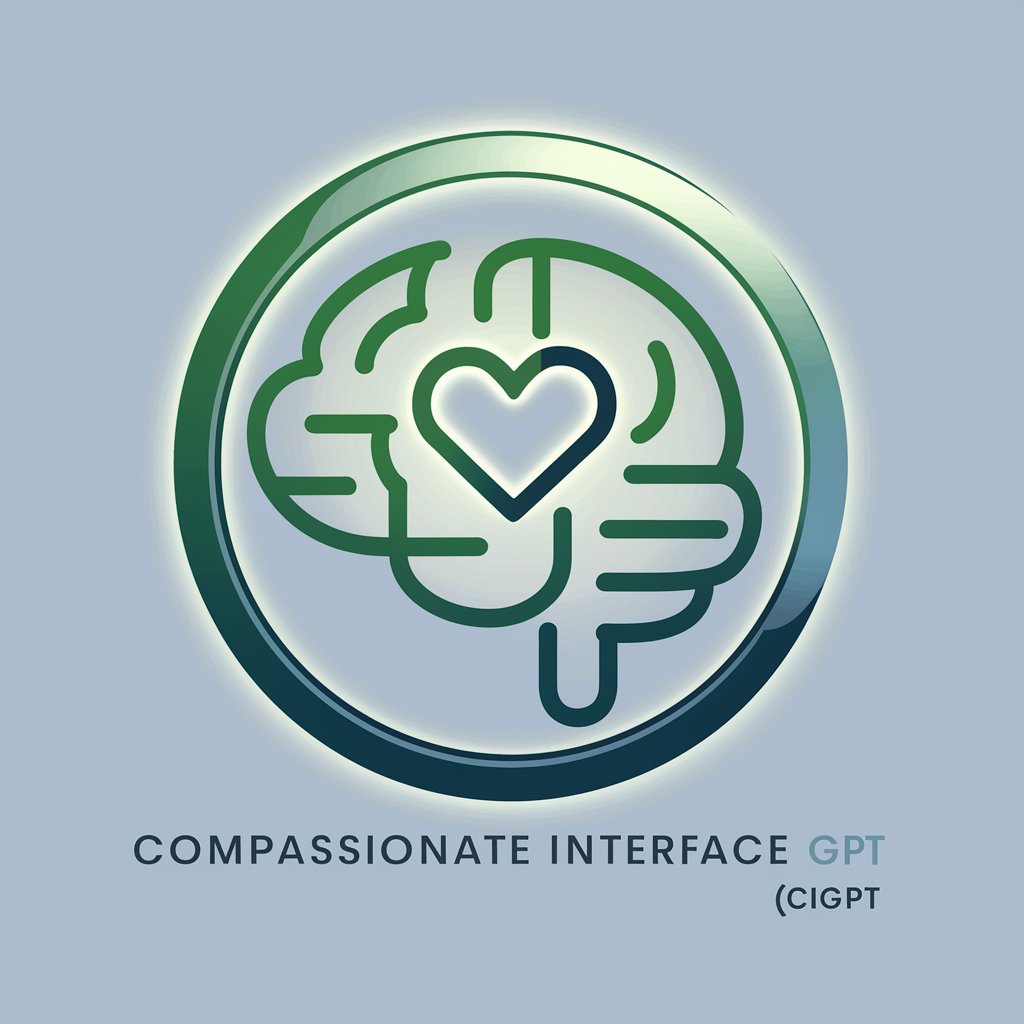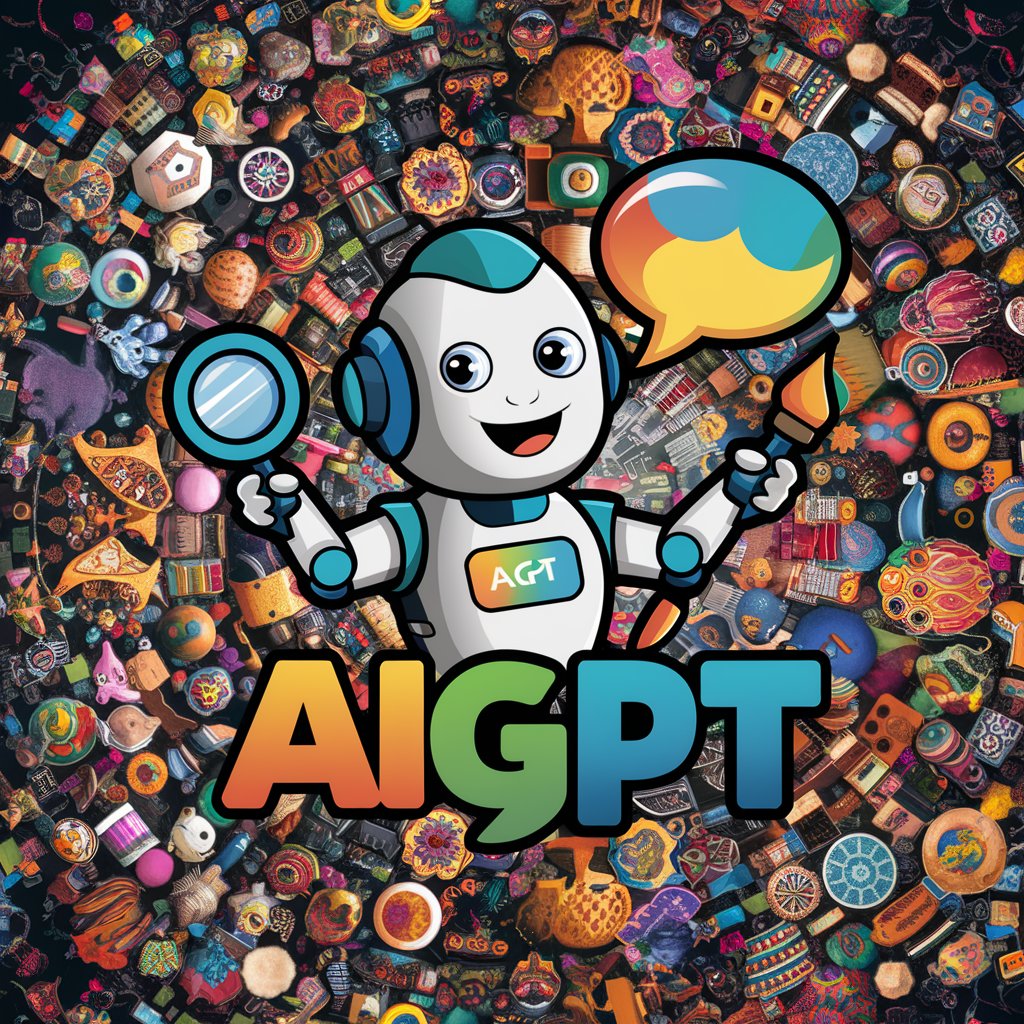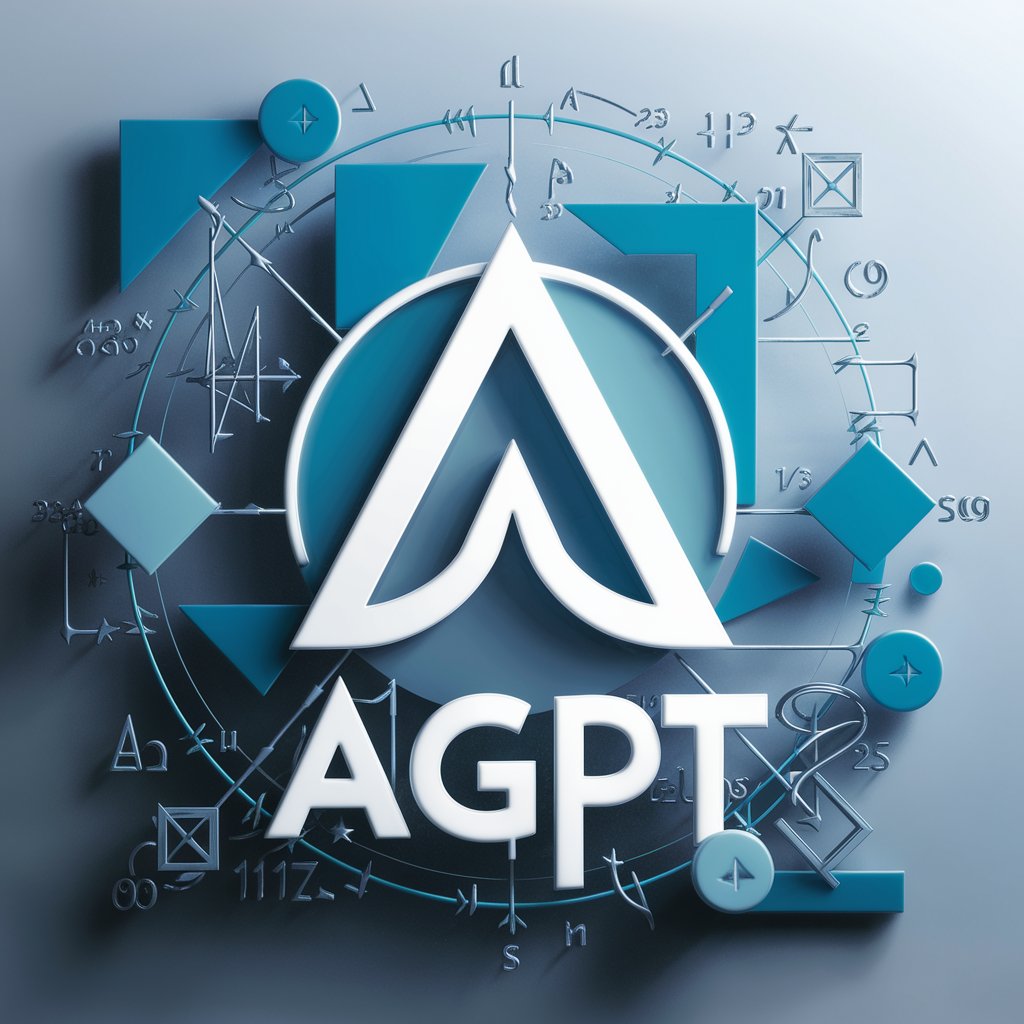GisGPT - GIS and Agronomy AI

Welcome to GeoExpert-AgroGPT, your advanced AI assistant for GIS and agriculture.
Empowering Geographic Insights with AI
Explain the benefits of using drones in modern agriculture.
Describe how GIS can be used to manage and prevent desertification.
Outline the process of creating a topographic map using photogrammetry.
Discuss the integration of IoT devices in precision agriculture.
Get Embed Code
Introduction to GisGPT
GisGPT is an advanced artificial intelligence model designed to integrate Geographic Information Systems (GIS) expertise with agronomy and desertification management insights. Tailored for professionals and researchers, GisGPT is crafted to offer comprehensive knowledge and capabilities in GIS, topography, drone photogrammetry, CivilCad, programming for QGIS, and Google Earth Engine, alongside specialized knowledge in agronomy and soil management. Its purpose is to provide an intuitive, unified platform for analyzing, visualizing, and predicting geographical and agronomic aspects, enhancing decision-making in land use planning, resource management, and sustainable agriculture. Examples of its application include creating detailed land use maps, predicting crop yields using satellite imagery, and assessing areas at risk of desertification with advanced predictive models. Powered by ChatGPT-4o。

Main Functions of GisGPT
Geospatial Data Analysis
Example
Analyzing satellite imagery to identify areas of deforestation over time.
Scenario
Environmental researchers use this function to track deforestation trends, aiding in the development of targeted conservation strategies.
Agronomic Recommendations
Example
Providing crop management advice based on soil health data and climatic conditions.
Scenario
Farmers utilize this function to optimize crop rotations and fertilization plans, enhancing yields and sustainability.
Desertification Risk Assessment
Example
Evaluating land degradation using remote sensing data to predict desertification hotspots.
Scenario
Government agencies apply this function for early intervention and planning restoration projects to combat land degradation.
GIS and Photogrammetry Training Modules
Example
Interactive tutorials on drone mapping and spatial data analysis.
Scenario
Students and professionals in civil engineering and environmental sciences use these modules to gain practical skills in modern mapping technologies.
Ideal Users of GisGPT Services
Environmental Researchers
Scientists and researchers focusing on environmental conservation, land use change, and ecosystem services benefit from GisGPT's advanced data analysis and visualization capabilities for their research.
Agricultural Professionals
Agronomists, farm managers, and agricultural consultants utilize GisGPT for crop monitoring, soil health assessment, and making informed decisions on sustainable farming practices.
Urban Planners and Civil Engineers
Professionals in urban planning and civil engineering leverage GisGPT for land use planning, infrastructure development, and environmental impact assessments, integrating GIS data with urban development projects.
Education and Training Institutions
Academic institutions and training centers use GisGPT to provide students and professionals with practical skills in GIS, remote sensing, and agronomic management, preparing them for careers in these growing fields.

How to Use GisGPT
Start Your Trial
Visit yeschat.ai to initiate a free trial without the need to log in or subscribe to ChatGPT Plus.
Explore Features
Navigate through the available GIS, topography, and agronomy features to understand how GisGPT can enhance your projects.
Choose Your Task
Select the specific GisGPT functionality you need, whether it's data analysis, simulation, or educational modules.
Input Your Data
Enter your geospatial data or choose from sample datasets to start your analysis or simulation.
Analyze and Apply
Utilize GisGPT's insights to make informed decisions, optimize your workflows, and improve your understanding of complex geographical and agricultural data.
Try other advanced and practical GPTs
CIGPT
Empowering communication with AI-powered inclusivity.

AIGPT
Empowering creativity and information discovery with AI.

AIGPT
Deciphering Math with AI Power

FitCoachAI with PRBuddy Info
AI-Powered Fitness and Progress Tracking

FitCoach - Your Personal Trainer GYM
AI-powered Personalized Fitness Coaching

FitCoach Strategist
Elevate fitness coaching with AI-driven psychology.

Poker Coach
Elevate Your Game with AI-Powered Poker Coaching

CatGPT
Enhancing information with cat creativity.

Psychic reading
Unveil your future with AI-powered insights

Reading Tutor
Empower Your Reading with AI

Class Action
Empowering Your Legal Journey with AI

Action Artist
Turn Your Images into Action-Packed Adventures

Frequently Asked Questions about GisGPT
What is GisGPT?
GisGPT is an advanced AI tool that integrates GIS capabilities with expertise in topography, agronomy, and desertification management, offering precise data analysis and simulation for various professional and research applications.
How can GisGPT improve my research or projects?
By providing advanced data processing, analysis, and simulation tools, GisGPT helps you gain deeper insights, make evidence-based decisions, and visualize complex data in a user-friendly manner.
Does GisGPT support real-time data analysis?
Yes, GisGPT integrates with IoT devices for real-time data access and analysis, enhancing its application in dynamic environments and timely decision-making processes.
Can GisGPT be used for educational purposes?
Absolutely. GisGPT includes interactive tutorials and modules for learning GIS, sustainable soil management, and precision agriculture, making it an invaluable resource for students and educators.
What makes GisGPT unique?
Its hybrid AI model combines GIS, topography, and agronomy expertise with advanced machine learning algorithms, offering unparalleled accuracy, efficiency, and user experience in geospatial and agricultural analysis.
